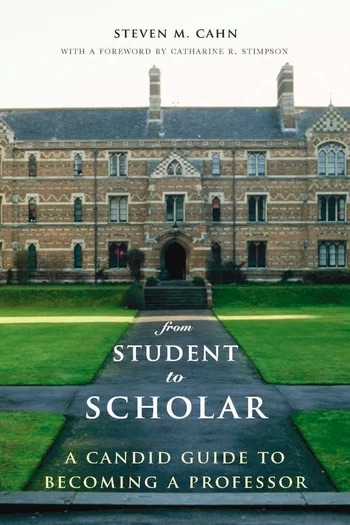Steven M. Cahn's advice on the professorial life covers an extensive range of critical issues: how to plan, complete, and defend a dissertation; how to navigate a job interview; how to improve teaching performance; how to prepare and publish research; how to develop a professional network; and how to garner support for tenure. He deals with such hurdles as a difficult dissertation advisor, problematic colleagues, and the pressures of the tenure clock. Whether you are beginning graduate study, hoping to secure an academic position, or striving to build a professorial career, Cahn's insights are invaluable to traversing the thickets of academia.
- Contents
- Foreword
- Acknowledgments
- Introduction
- 1. Graduate School
- 2. The dissertation
- 3. Networking
- 4. The First Interview
- 5. Dramatis Personae
- 6. The Second Interview
- 7. Tenure
- 8. Teaching
- 9. Service
- 10. Research
- Finale
- Epilogue
- Index
- About The Author

